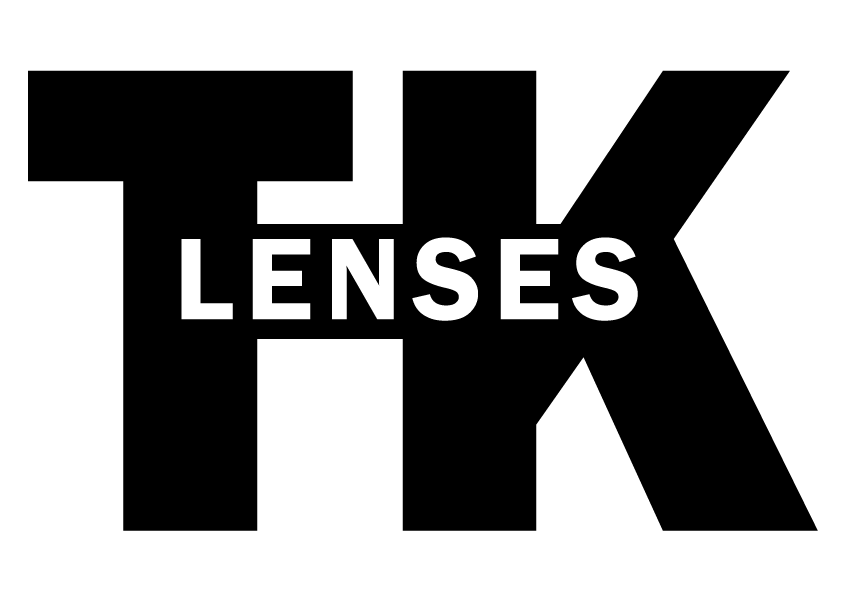Bearings information
Bearings are mechanical components that include rolling elements, such as balls or rollers, and rings, facilitating relative motion with minimal friction. Encased typically in a housing, they support rotational or linear movements and are integral to various mechanisms, especially in reducing friction between rotating and moving parts.
They are crucial in minimizing friction between rotating components in lens mechanisms. A lens can operate without them, using grease instead, as is common in about 99% of vintage photography lenses. However, in the world of cine lenses, bearings are often seen as a premium feature. This doesn’t imply that simply incorporating bearings will automatically enhance a lens’s focusing mechanism. The quality and pricing of bearings vary significantly. Moreover, the design of the focus drive mechanism is vital in determining a lens’s overall performance.
High-end cine lenses may feature bearings that cost upwards of $900 each, and some lenses require more than two bearings. These top-tier bearings, produced by leading manufacturers, can have a lead time of up to a year. At TK LENSES, we use more affordable bearings that offer decent performance, aligning with our goal of providing cost-effective lens rehousing services – a noticeable improvement over not using bearings at all.
Bearings’ effects on performance and quality may not be apparent externally, as they are usually hidden within the lens housing. However, their impact on the internal mechanics and lens performance can be significant.
Here are some noticeable differences between lenses with and without bearings:
- Damping Effect: Bearings tend to reduce the damped feeling when turning the focus ring, leading to a smoother, more fluid motion. This contrasts with lenses that use grease, which tend to have a more damped feeling. This smoothness is advantageous for motorized follow-focus systems.
- Maintenance: Bearings reduce the need for grease, simplifying maintenance as there’s no requirement to clean and reapply grease.
- Wear and Tear: Lenses without bearings often experience more wear and tear due to increased friction, while bearings help reduce this wear, prolonging the lens’s life.
- Cost Implications: Incorporating bearings can increase a lens’s cost, especially when using very thin, high-quality bearings.
It’s important to remember that these differences might not always be evident, particularly with lower-cost bearings. The specific design and operational conditions of the lens mechanism also play a crucial role. In lens design, there are multiple areas where bearings can be integrated, such as in both ends of a cam or within the lens barrels to support axial movements in addition to radial movements. In our designs, we strategically place them in critical sections to aid in the rotation of the focus ring. For other parts of the lens, we use grease to strike a balance between cost and performance. This approach allows us to enhance the functionality of the focus mechanism effectively while keeping our services affordable.
